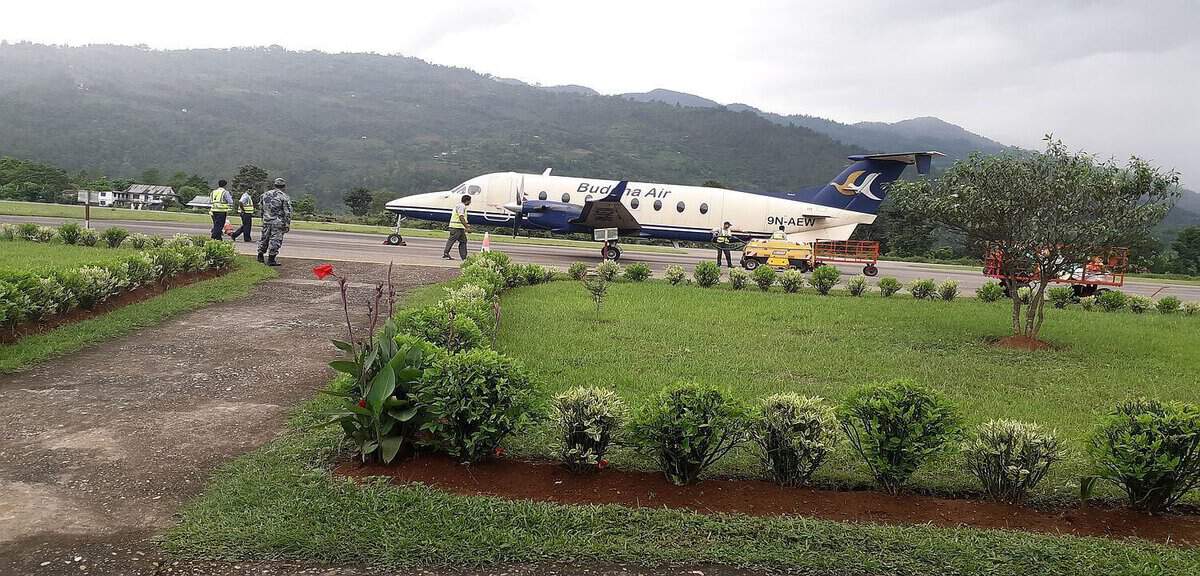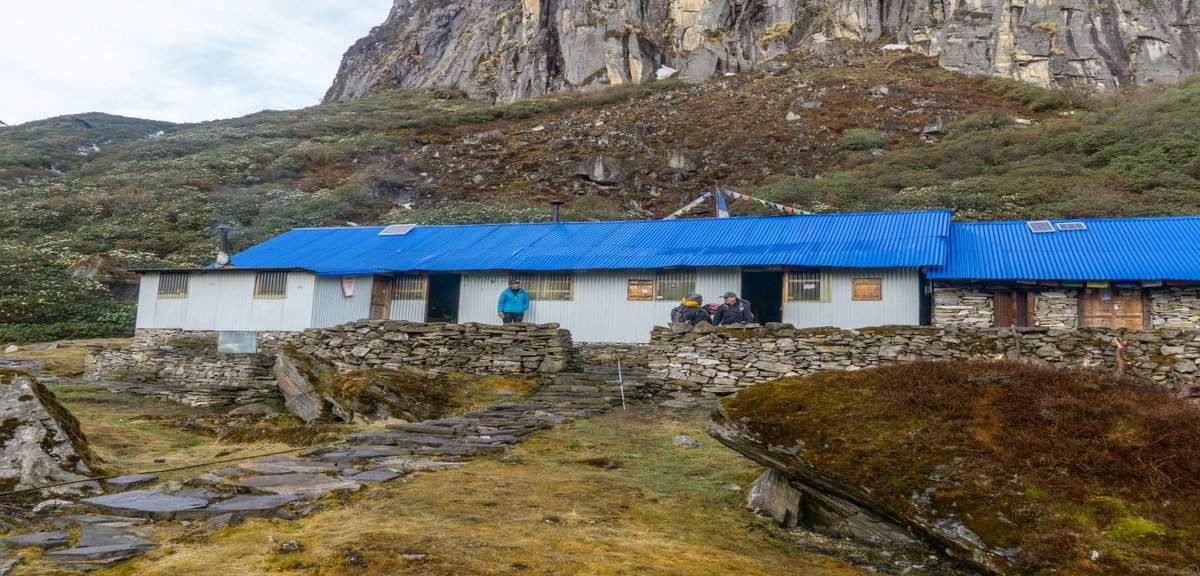Makalu Base Camp Trek in 2025
 Makalu Base Camp Trek was very heavy and expensive 10 years ago. Since there were not any teahouses available throughout the trekking route for overnight stay the trekkers, had to carry all the camping gears as well as food materials with the help of the porters.
Makalu Base Camp Trek was very heavy and expensive 10 years ago. Since there were not any teahouses available throughout the trekking route for overnight stay the trekkers, had to carry all the camping gears as well as food materials with the help of the porters.
But at present, the situation has been drastically changed. There are tea houses at every previous camping site like Khongma, Domabot Yamgle Langmale as well as Makalu Base camp. Now the trekkers can do trek with light luggage by staying the local teahouses with the help of a local porter guide.
Getting there and away.

There is Buddha Air daily flight from Kathmandu to Tumlingtar. From Tumlingtar airport catch a jeep travel for 15 minutes (13 km) to Khandbari. Form Khandbari travel by bus or jeep to Num to Chamla Kharka. The real trekking starts from Chamlakharka.
Facilities
Food and accommodation.
 Teahouses with very basic facilities are available up to Makalu Base Camp. The room is available, but the mattress may not be enough to keep the body warm. Food limited choice. Mostly Dal Bhat available Toilet outside. At almost all the places have toilets outside the house. So, it would help if you had a torchlight to go the during the night. The toilet is outside the house. You have e to use your headlight to go to the bathroom during the night.
Teahouses with very basic facilities are available up to Makalu Base Camp. The room is available, but the mattress may not be enough to keep the body warm. Food limited choice. Mostly Dal Bhat available Toilet outside. At almost all the places have toilets outside the house. So, it would help if you had a torchlight to go the during the night. The toilet is outside the house. You have e to use your headlight to go to the bathroom during the night.
Communication
Mobile works up Khongma Danda. Aaya from Khandma mobile network does not work. So, no Communication will be available for several days until you come to this place. But in case of emergency There satellite Pone can be available at Yangle Kharka and Bakalu Base camp.
Money
There are no banks, so no ATM facilities available away from Khandbari. So, you have to carry all the necessary expenditures in your pocket for your whole trekking program.
Materials to carry
MBC is at 5000 meters high and can be very cold in October and November. ,We recommend a good sleeping bag, -15C.
Porter guide:
We employ a local porter guide who knows the trekking route very well. He carries your 15 kg luggage and leads your trek.
Food accommodation Price
The cost of food and accommodation varies from place to place. The cost of food and accommodation up to Tasi Gaun is the same on the average.
Seduwa:
- Dal Bhat Rs.500, Sleeping 500 ;
Tashigaon:
- Dal Bhat Rs.600, Sleeping Rs.500
Khongma:
- Dal Bhat Rs.800, Sleeping Rs.600
Dobato:
- Dal Bhat Rs.800, Sleeping Rs.1000
Yangle Kharka:
- Dal Bhat Rs.800, Sleeping Rs.800
Langmale Kharka:
- Dal Bhat Rs.800, Sleeping Rs.800
Makalu Base Camp:
- Dal Bhat Rs.1100, Sleeping Rs.1000
Difficulty
This trek is difficult, demanding considerable physical exertion. Some days on the route exceed recommended altitude gains for ideal acclimatization.
The MBC trek can be considered a remote area trek with only basic infrastructure.
Conclusion:
It is more of an adventure trek and less like the over-commercialized Everest and Annapurna treks.
Indeed, the lack of over-commercialized facilities and the smaller numbers of people on the trek as compared to the more popular treks should be emphasized as a positive in advertising to appeal to the type of trekkers who would consider this type of trek.
(We have updated an MBC Trekking Report by Roger Ray our previous trekkers from the USA 14 Years Ago)





